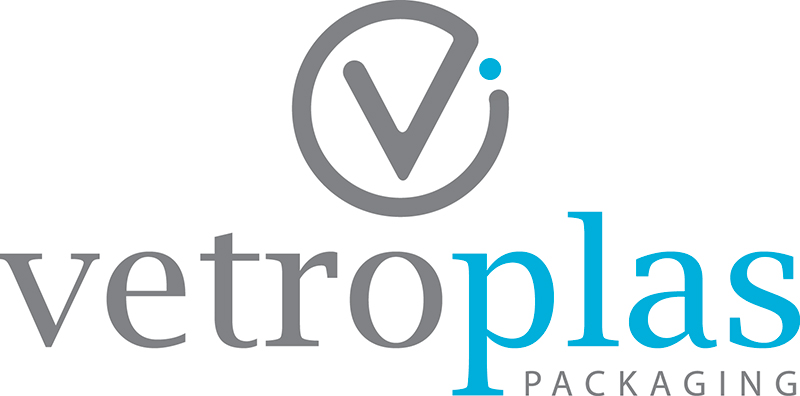When it comes to the three Rs of green packaging, ‘reduce’, ‘reuse’ and ‘recycle’, among all the exciting new refill packs, ones that can be dismantled for recycling and those made using percentages of recyclate, poor old ‘reduce’ has been somewhat forgotten.
But brands might be doing themselves a disservice here, as lightweighting remains an effective and easily communicable way of making packaging more responsible.
Brandi Parker, Head of Sustainability at design agency Pearlfisher, notes that ‘reduce’, like ‘reuse’, is beneficial as “these options don’t rely on a larger or disconnected infrastructure in which we, as consumers and designers, have no control, as in recycling”.
The reduce approach, she adds, “highlights the power of sustainable design thinking, using the opportunity at creation to begin making a difference and removing so much of the burden from consumers”.“It is a very good approach,” confirms Benjamin Punchard, Global Packaging Insights Director at Mintel. “We went through that period of people saying ‘plastic’s bad, we’ve got to get rid of plastic’ and it was all about moving to novel materials. But I think we’ve come out of that now and people realise that, actually, in many cases, [plastic] is the right material and does a good job if we can use it responsibly. That’s the catch, though, using it responsibly, which means using it only where it delivers a benefit and is actually required. That’s where lightweighting really speaks for itself. It’s that flag that says to the consumer that we’re using only as much plastic as is required in order to do the job of getting you this product.”
Punchard also explains that there’s “an opportunity to frame lightweighting not just in terms of the physicality of the pack and the material savings, but the impact that has on enabling responsible action throughout the supply chain”.


